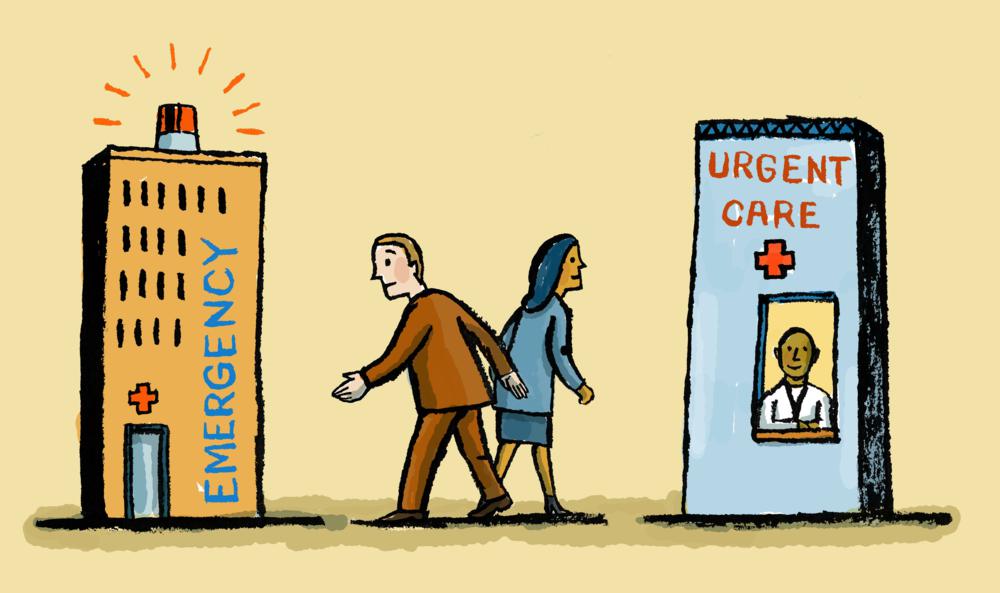In a perfect world, personal life and work-related responsibilities are in absolute harmony. There's no stress, no job dissatisfaction, and no reduced productivity. In a perfect world, when we list our priorities, we give equal weight to home and work, and our scale is in balance.
The savvy employer recognizes that more often than not, time is more important than money to employees. The ability to choose a work schedule, telecommute, or cut back on hours, without fear of monetary loss or employer repercussion, is a major perk. Having the opportunity to be flexible results in less stress for your employees, which results in higher productivity, less turnover, and an overall happier workplace.
Here are a few ways you can use the gift of time creatively to make your workers’ lives easier.






















